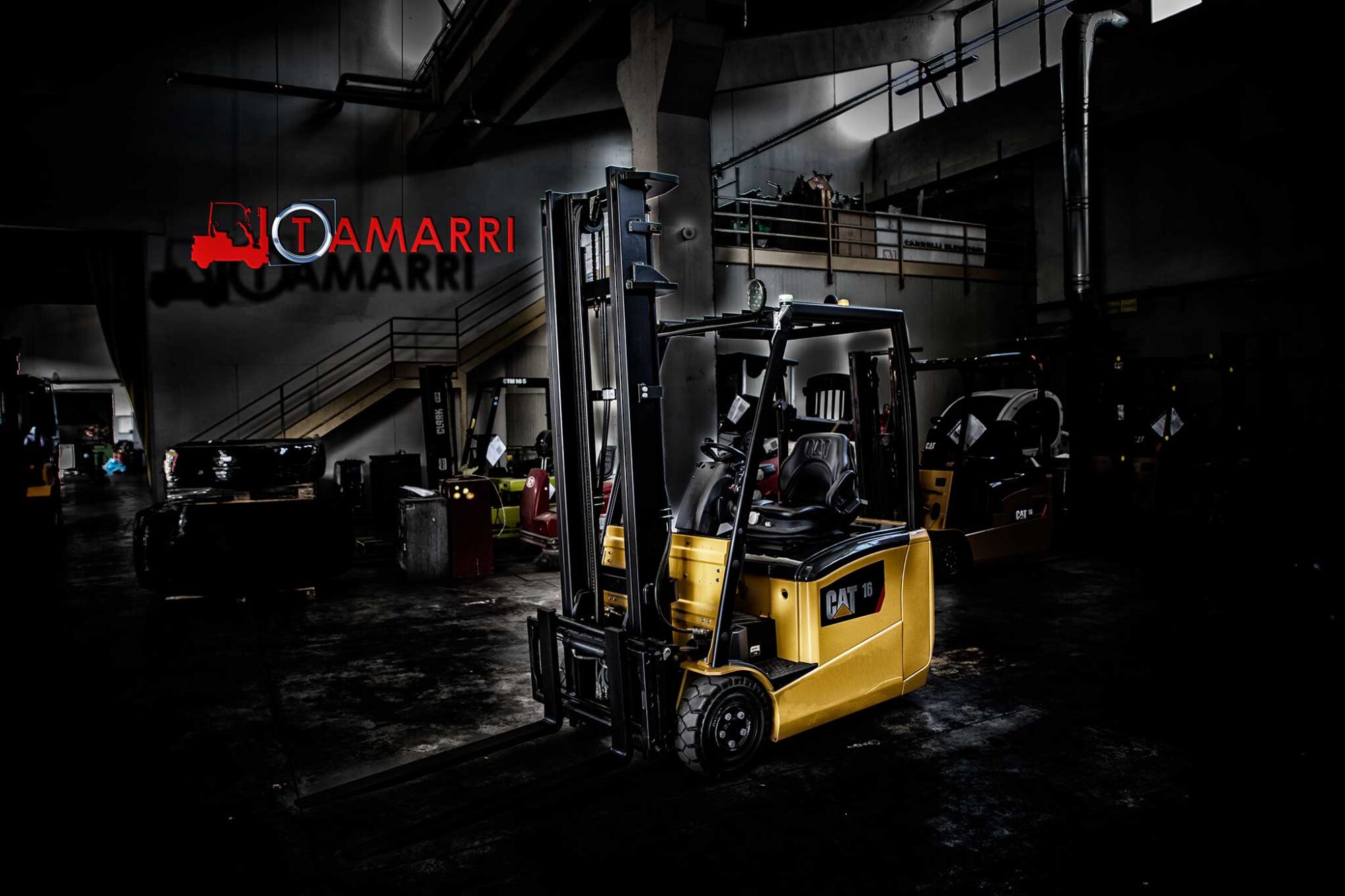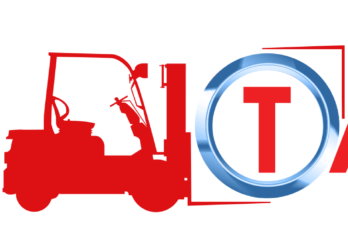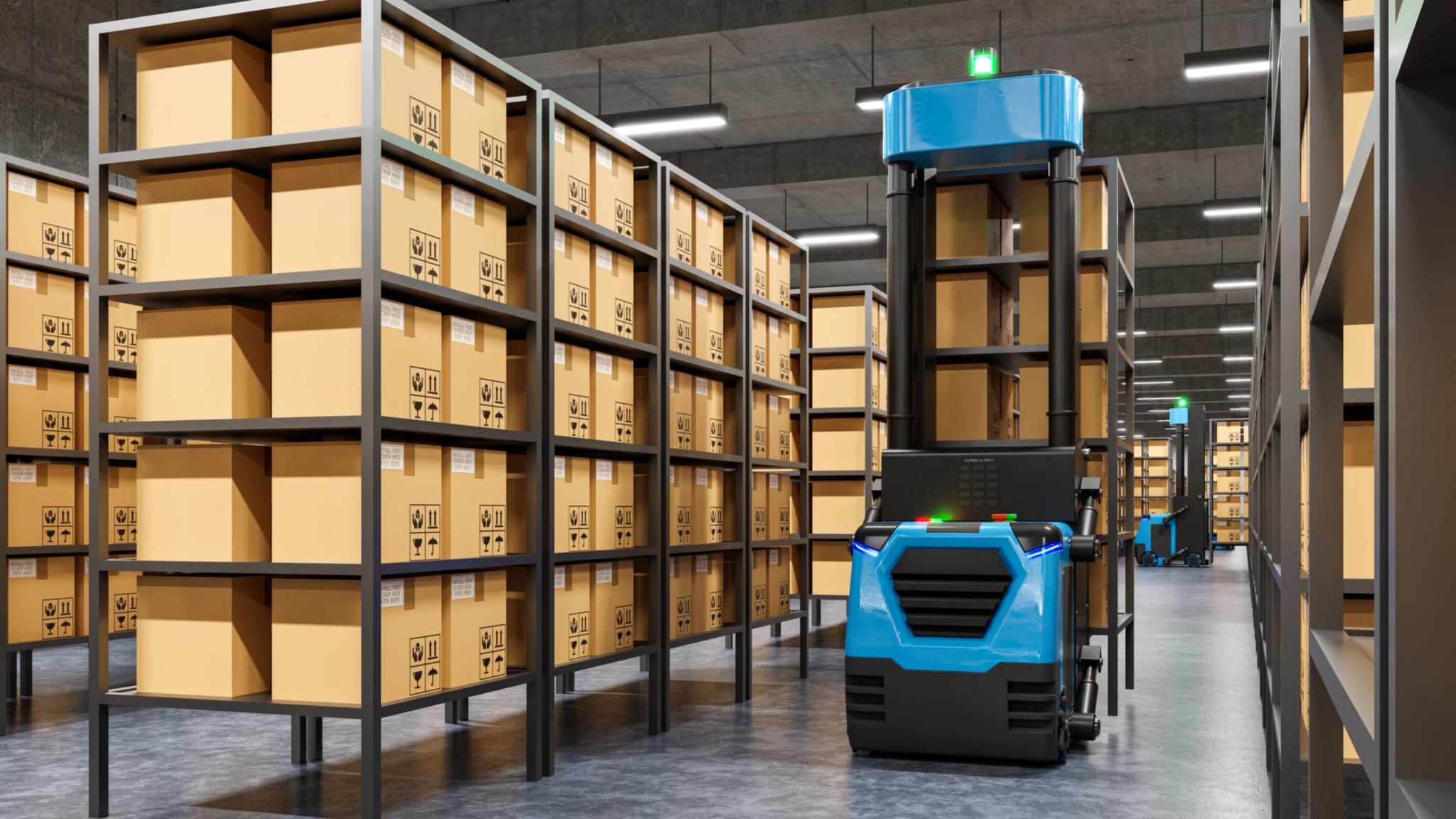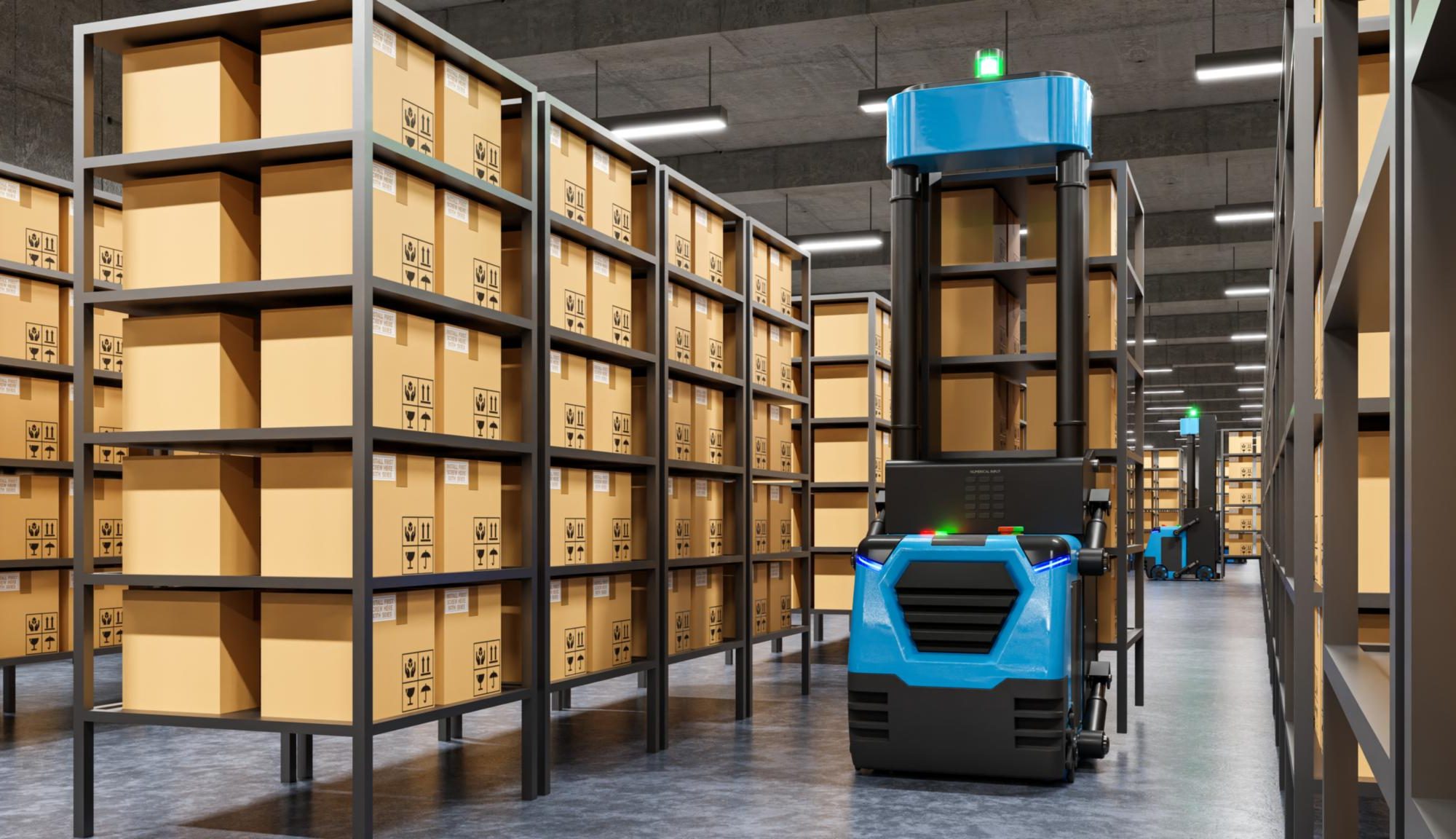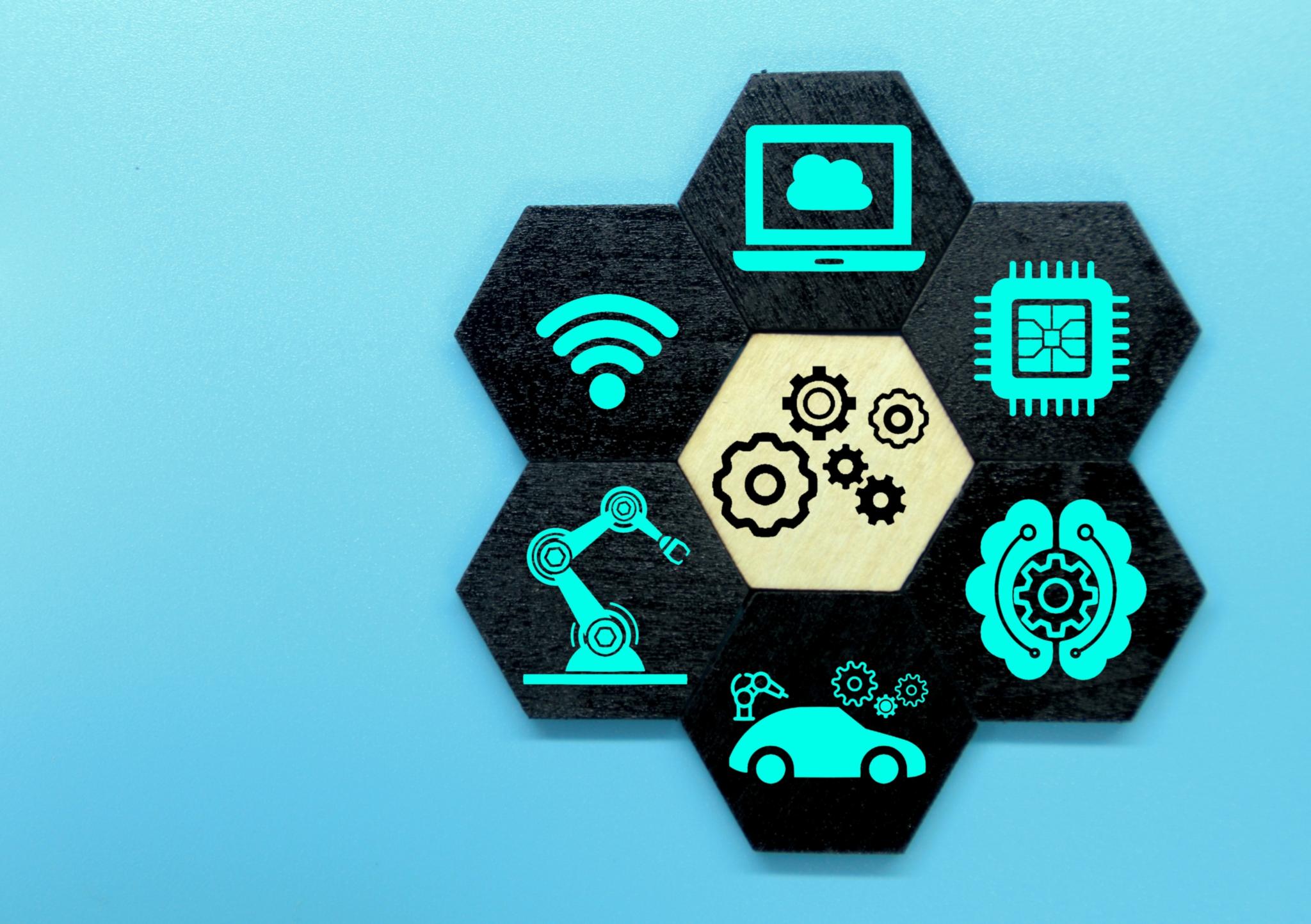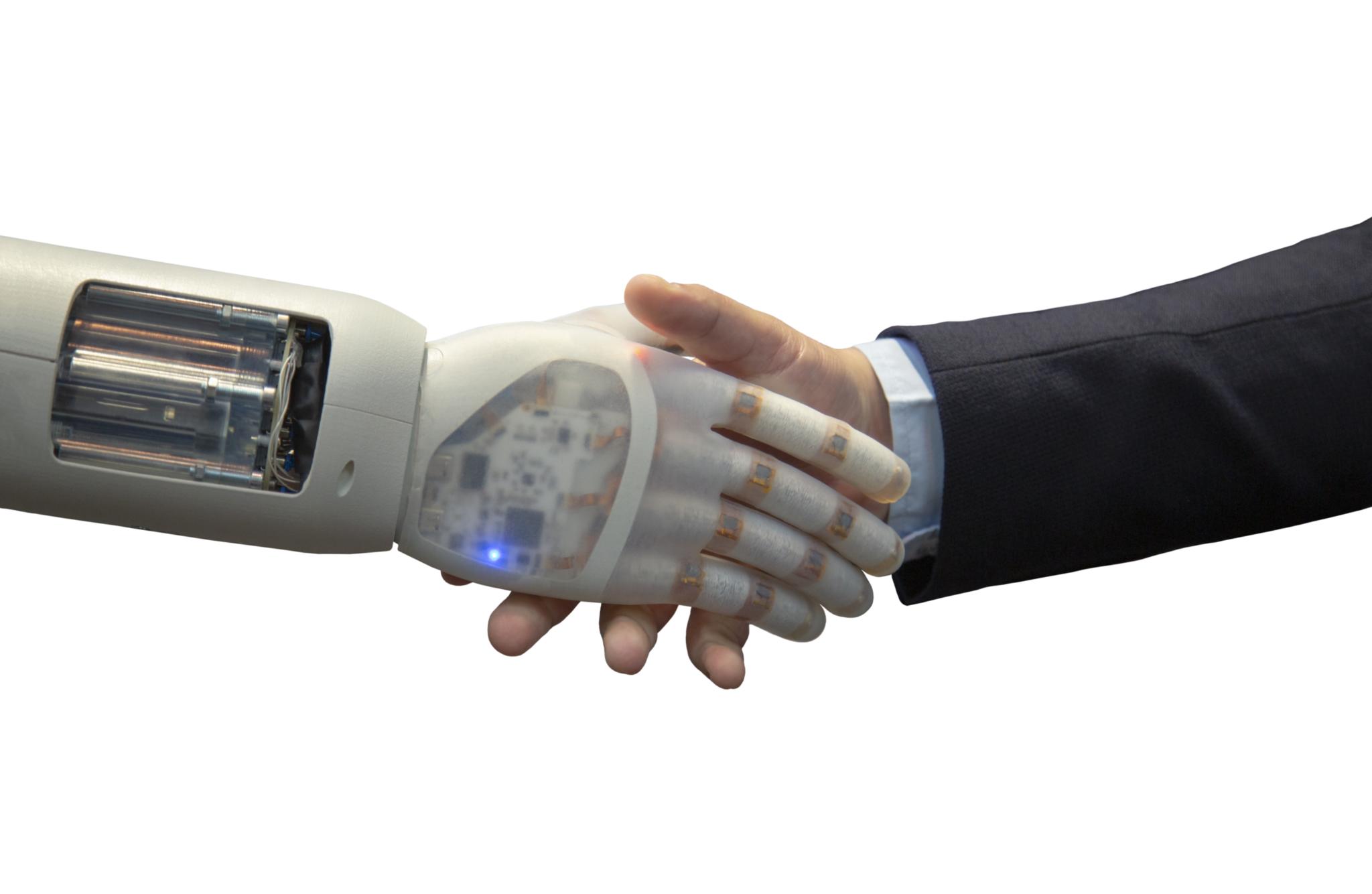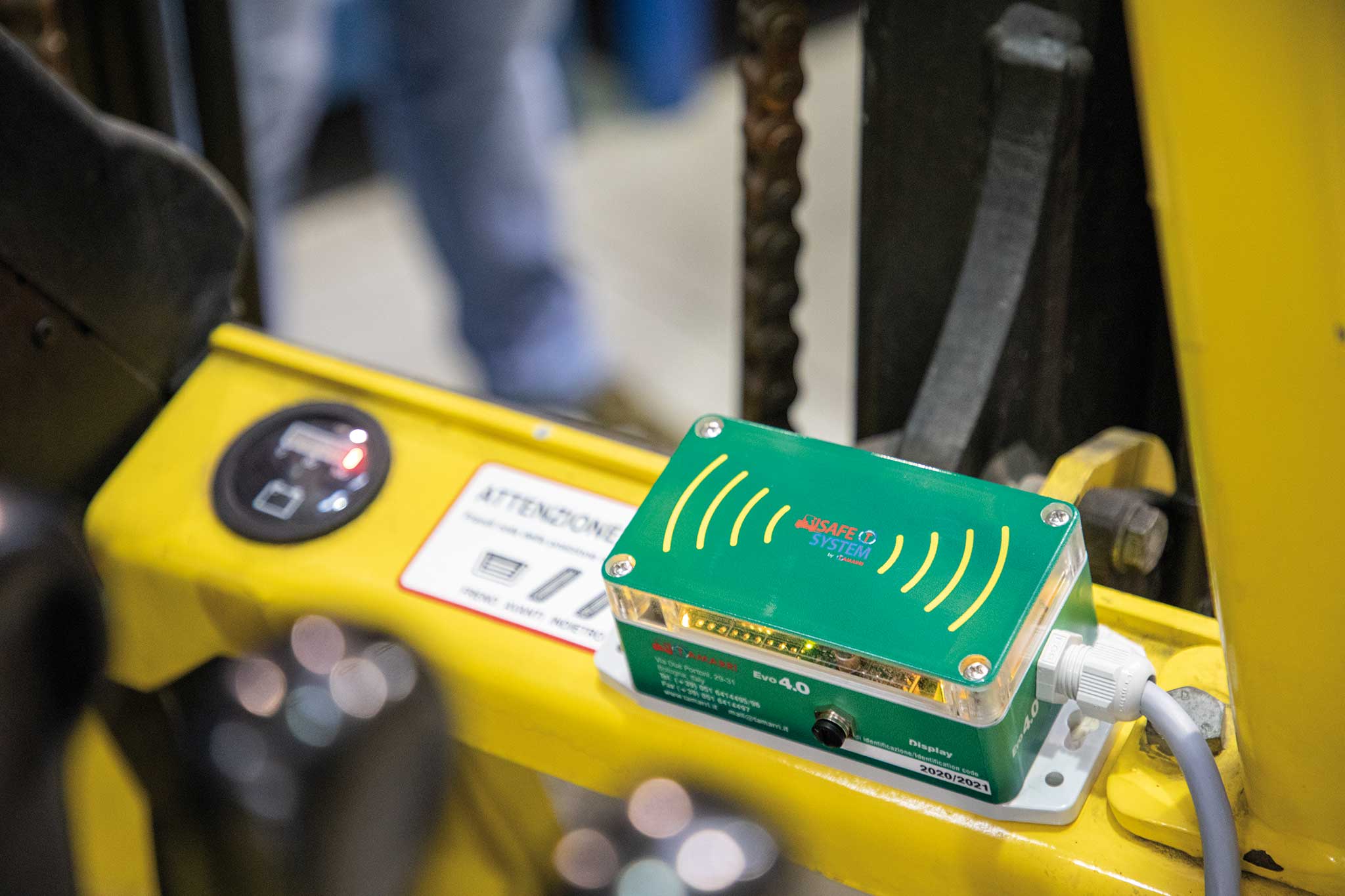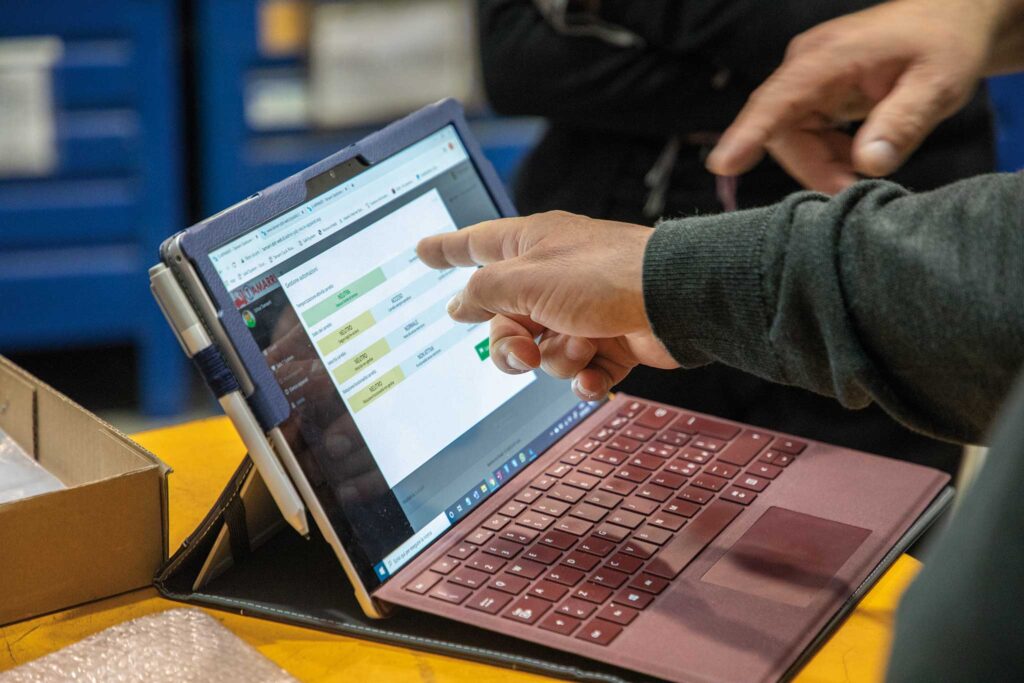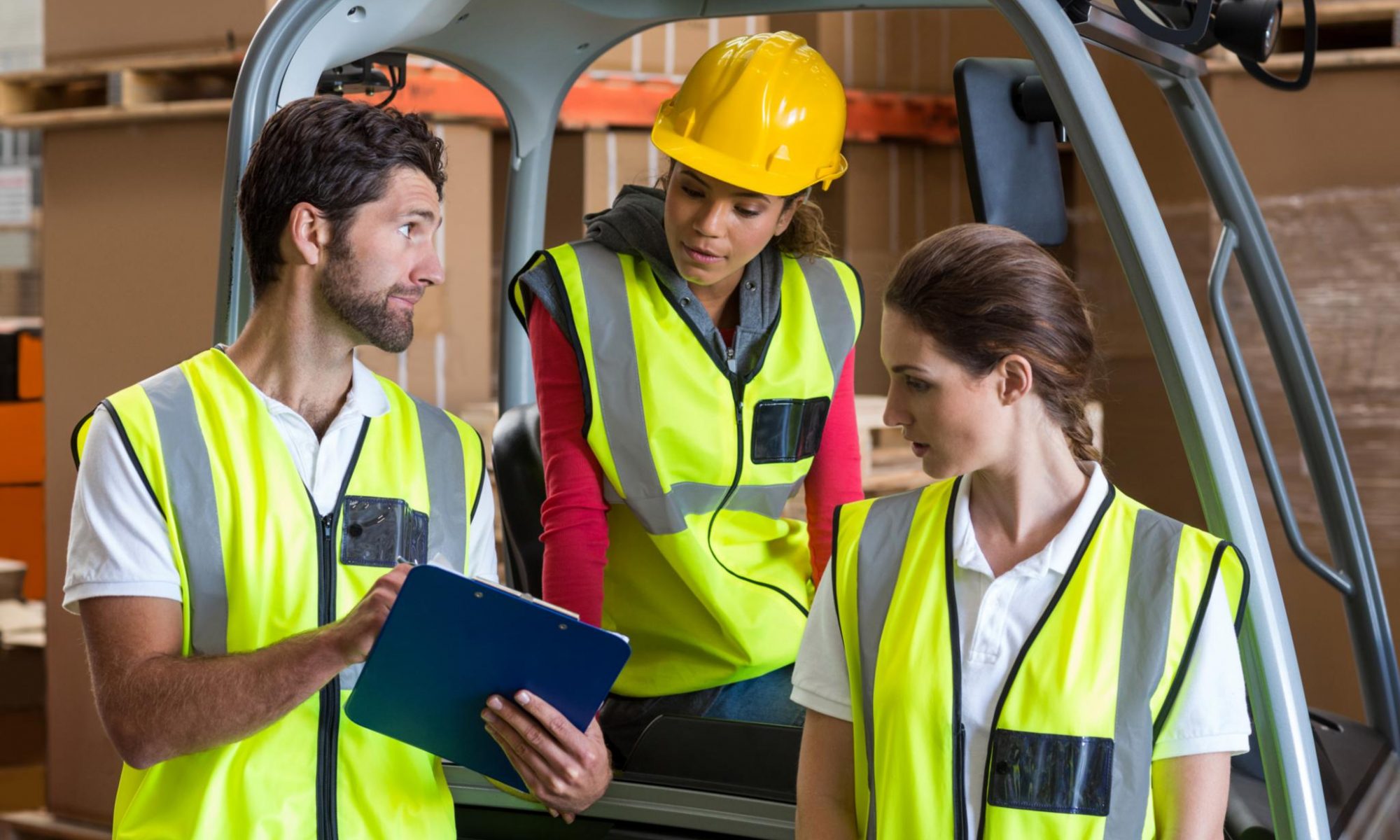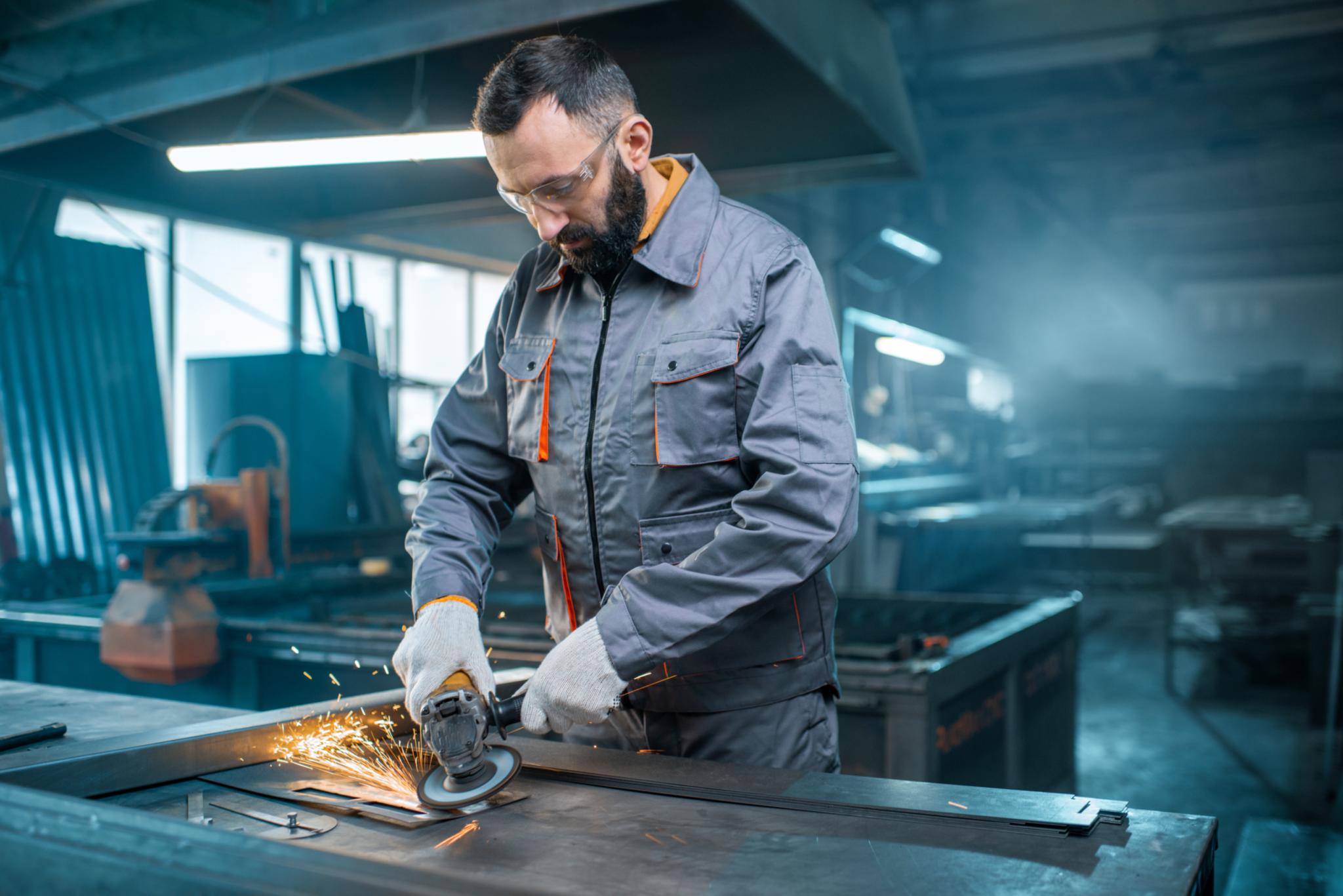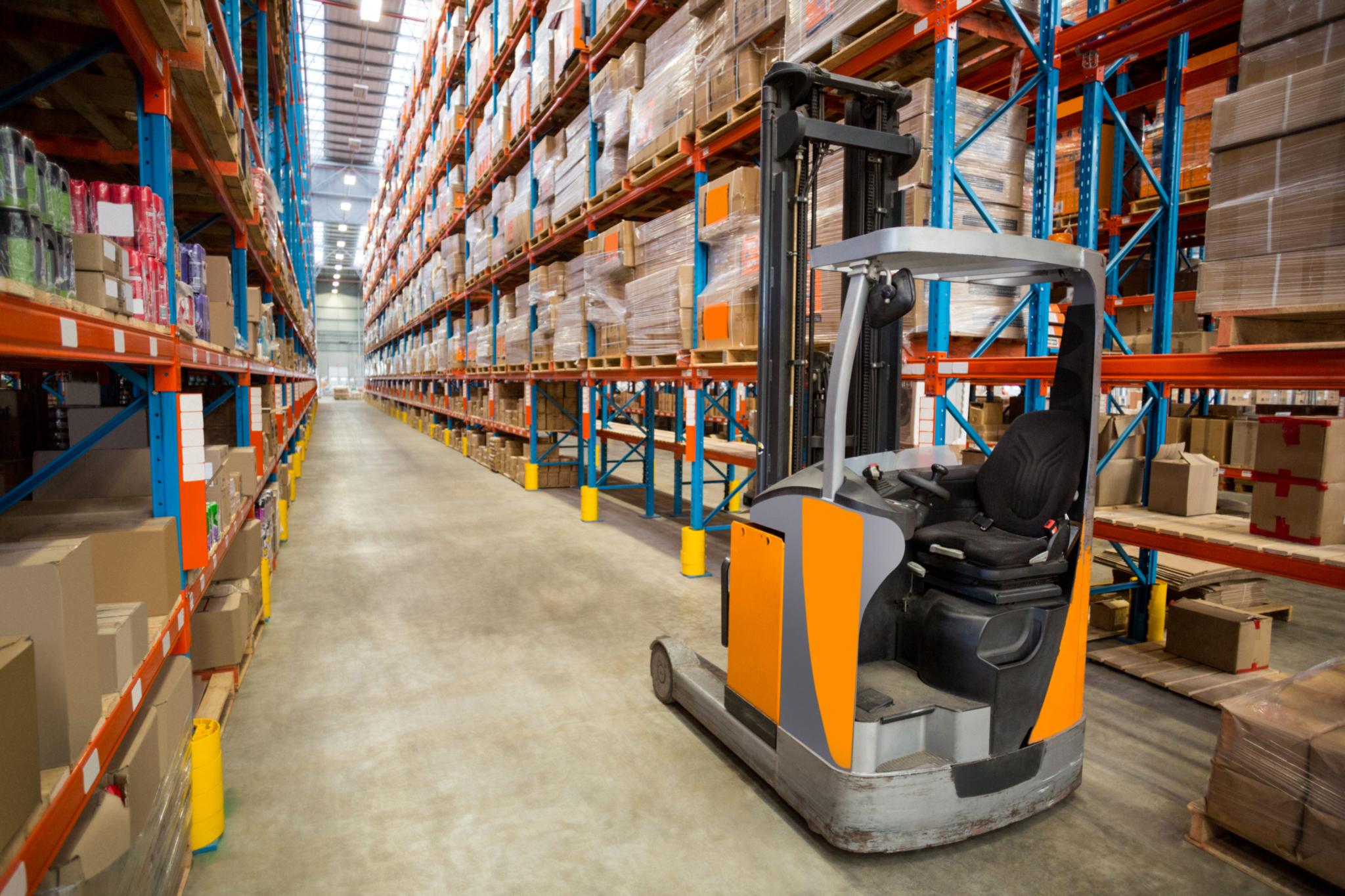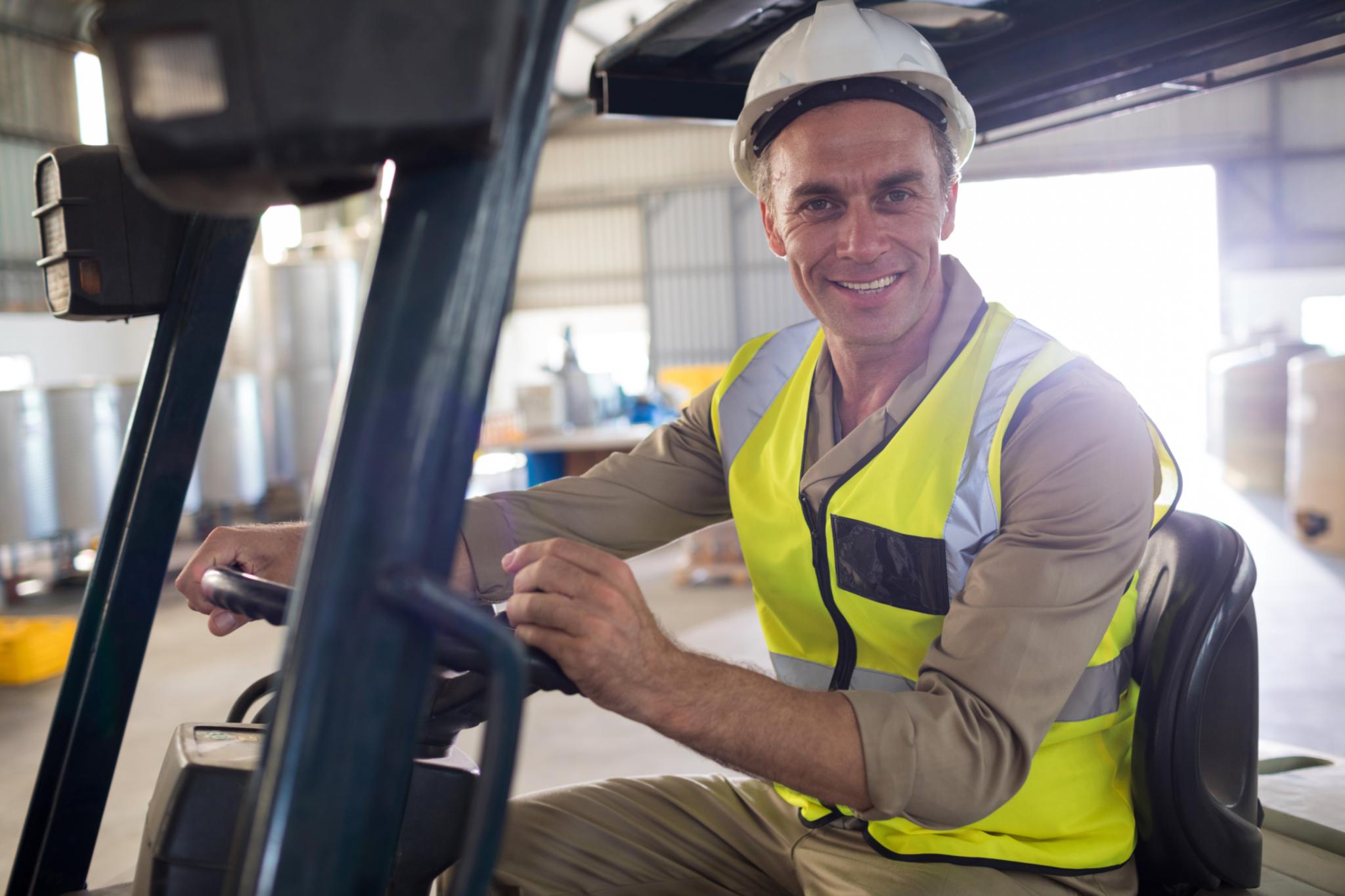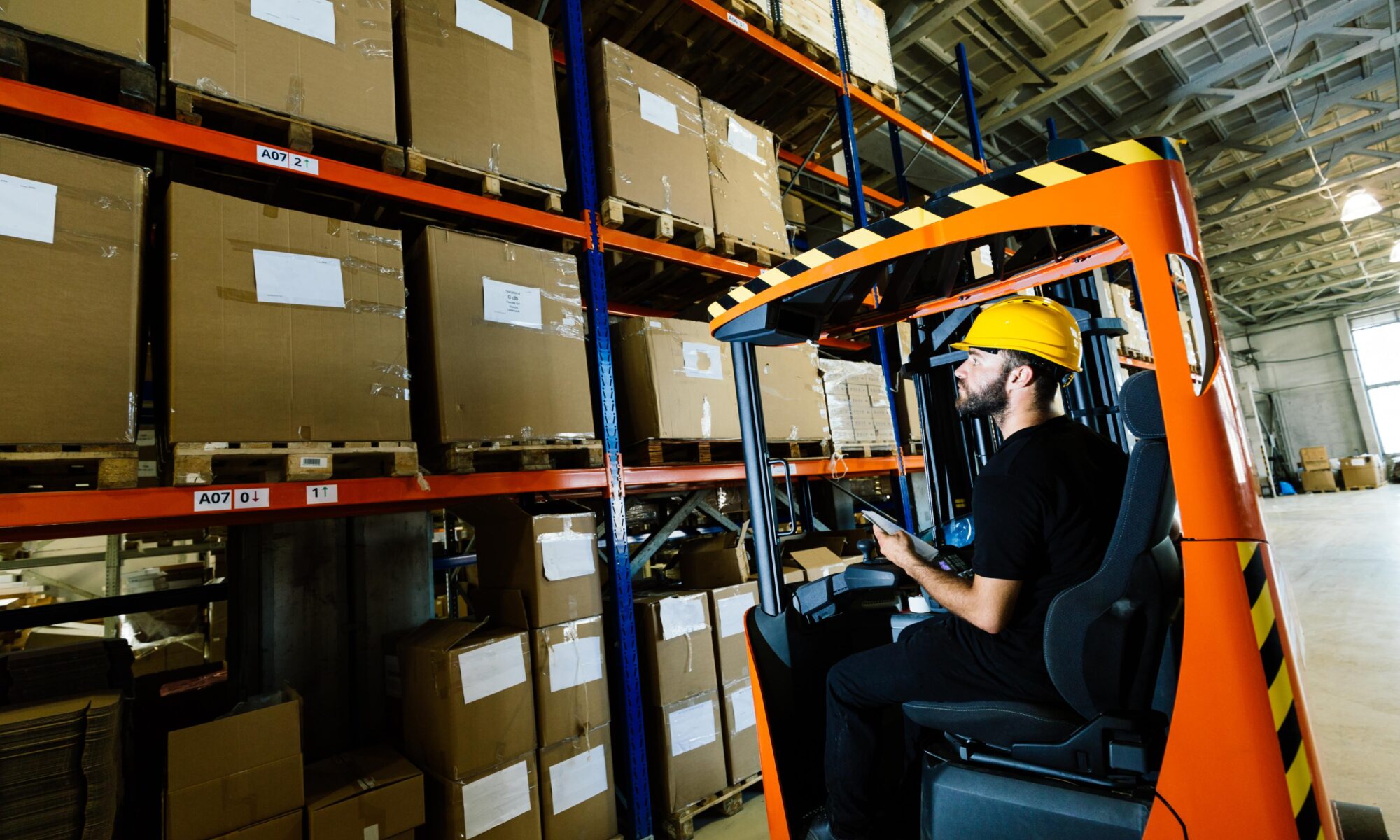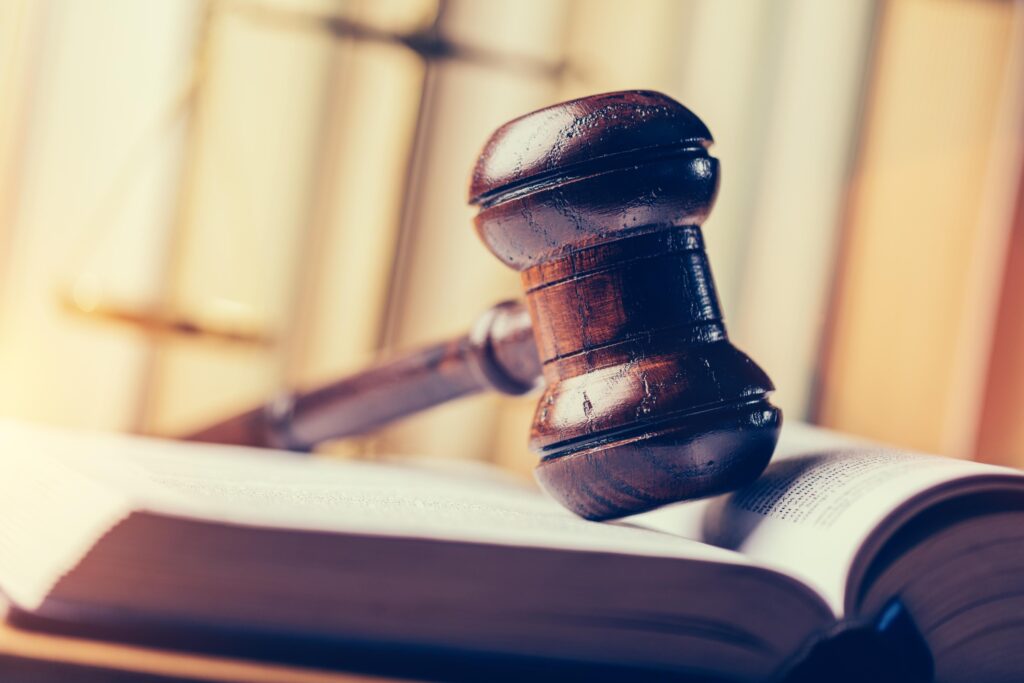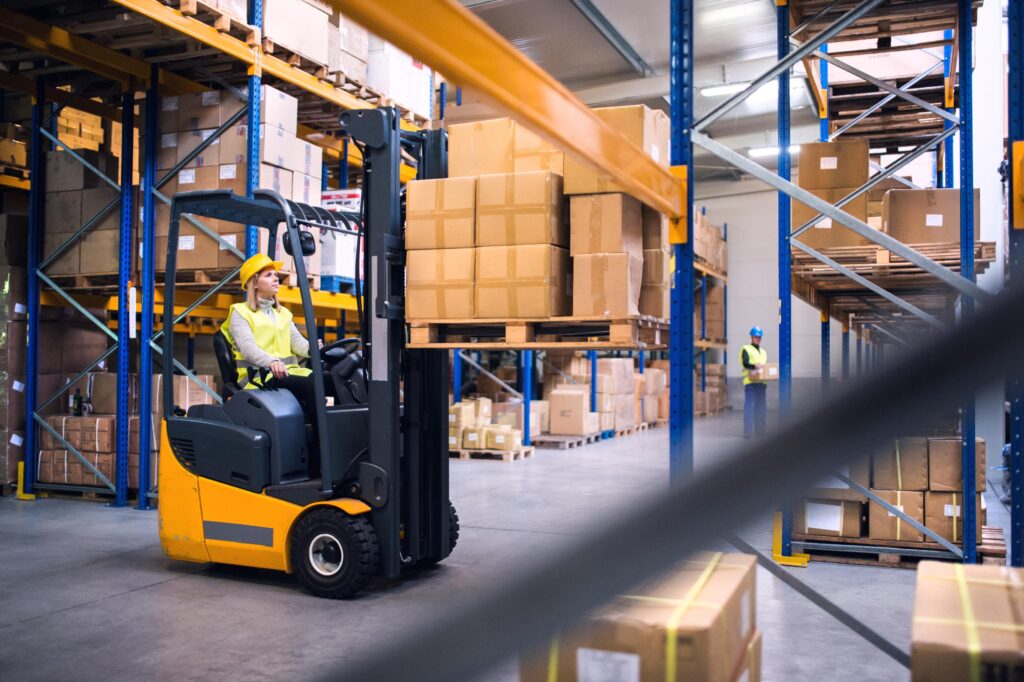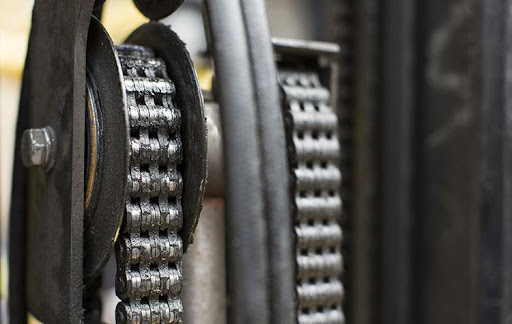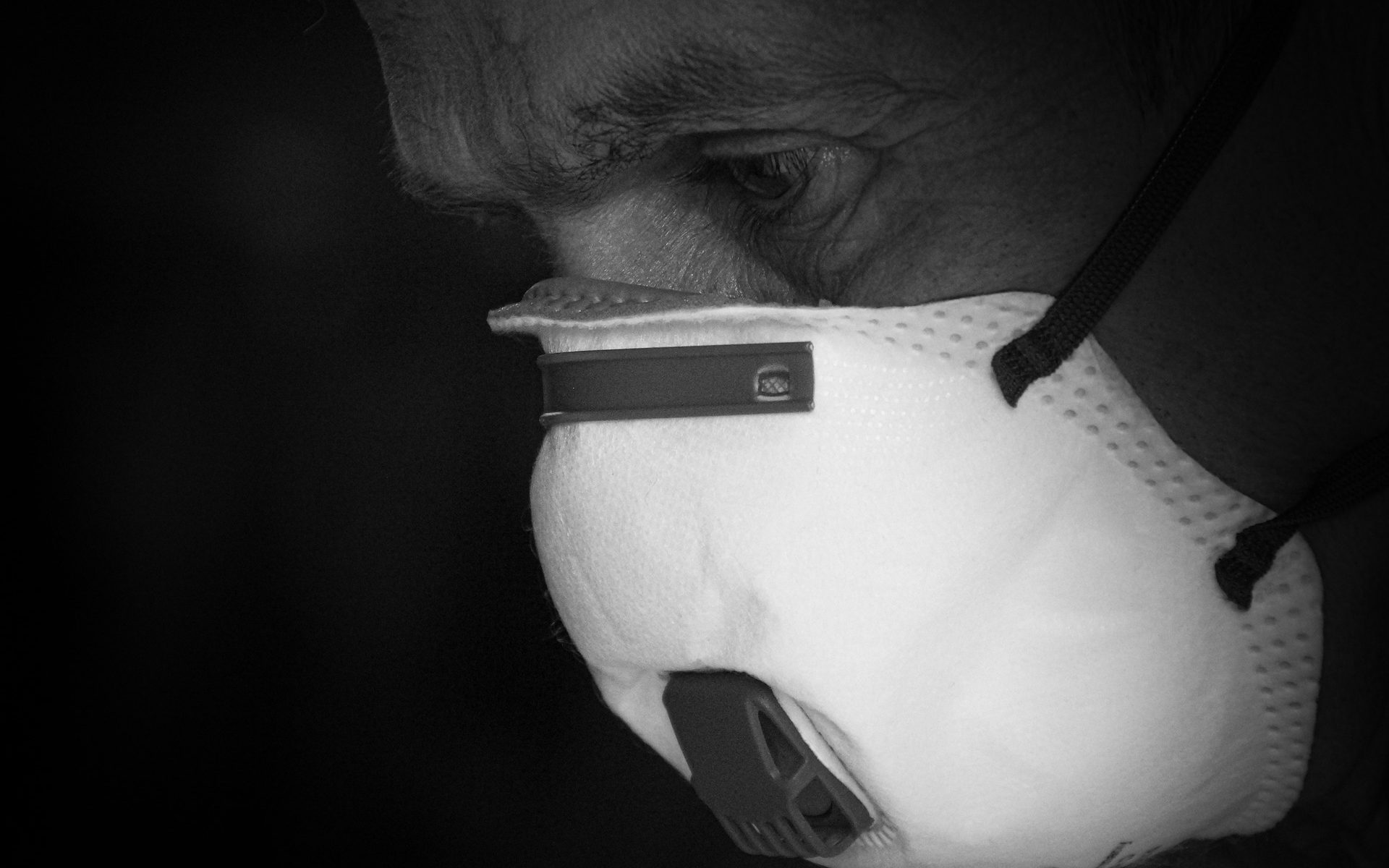Hyper-amortization. In this article, we would like to analyze the situation regarding the requirement for automatic and semiautomatic driving according to the “Transaction 4.0” plan.
Hyper-Amortization. From “Industry 4.0” plan, the facilitation regulations of hyper-amortization.
In this article, we want to tell you about the requirement of automatic and semi-automatic driving according to the provisions of the “Transaction 4.0” Plan.
With the help of Eng. Matteo Iubatti, let’s analyze the situation to provide more clarity on the topic.
Hyper-amortization in the field of automatic and semiautomatic driving: Eng. Matteo Iubatti
Below are the words of Eng. Matteo Iubatti that help us further clarify the issue related to automatic and semi-automatic driving
“The facilitating legislation of hyper-amortization (now tax credit capital goods 4.0) was introduced by Plan “Industry 4.0” by Law No. 232 of December 11, 2016, published in the Official Gazette General Series No. 297 of December 21, 2016 – Ordinary Suppl. No. 57, as amended by Article 7-novies of Decree Law No. 243 of December 29, 2016, converted with amendments by Law No. 18 of February 27, 2017, and its Annexes A and B and Circular No. 4 /E of 03/30/2017 – Industry 4.0 – Article 1, paragraphs 8 to 13, of Law No. 232 of December 11, 2016 – Extension, with amendments, of the discipline of the so-called “super depreciation” and introduction of the so-called “hyper depreciation.”
This legislation provides, among the eligible goods, “mobile machinery” within the meaning of Directive 46/2007/EC, defined as any self-propelled vehicle specifically designed and manufactured to perform work and, due to its construction characteristics, not suitable for transporting passengers or goods. Machines assembled on a motor vehicle chassis are not considered mobile machinery.
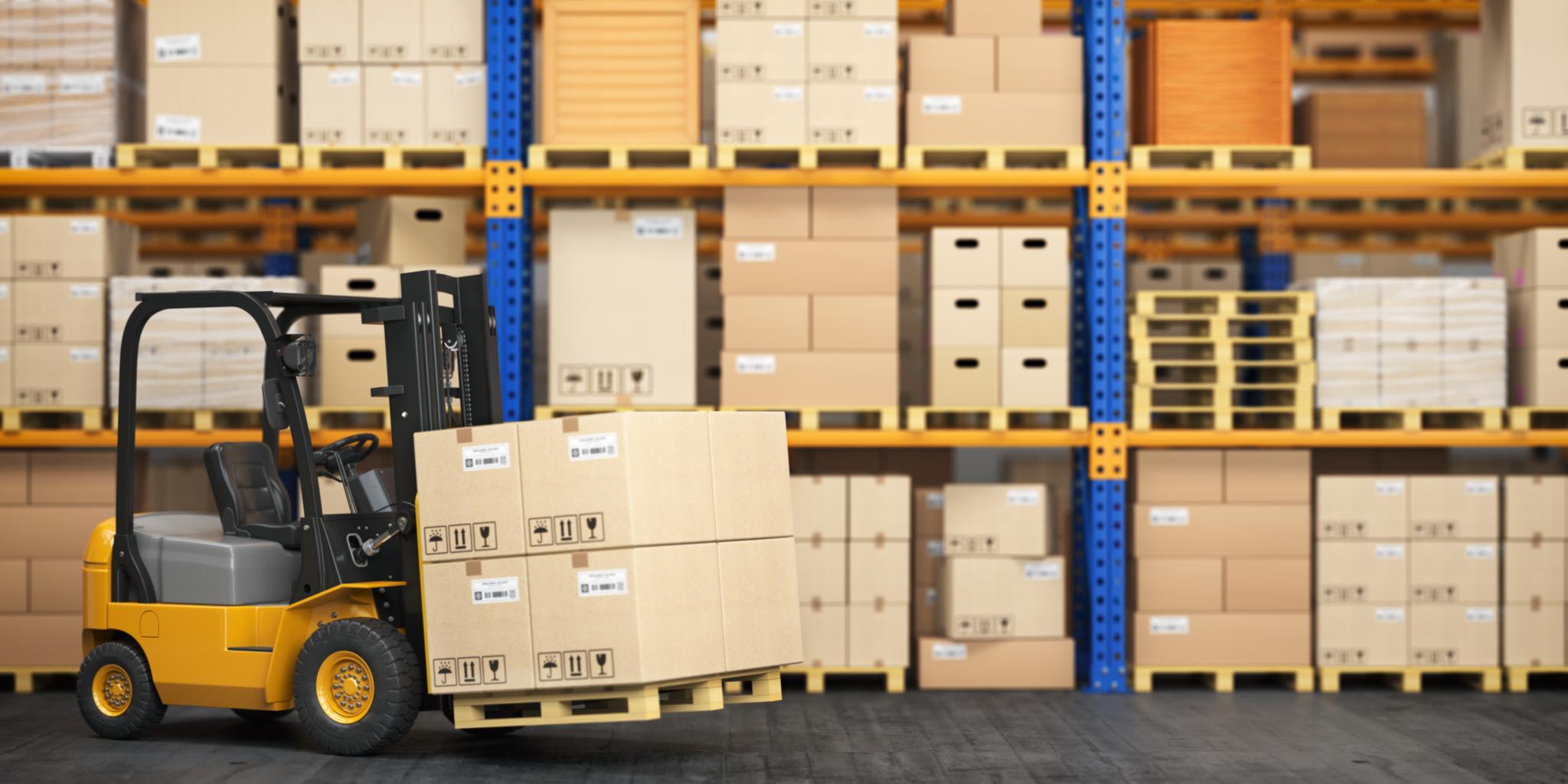
In Circular No. 4 /E of 03/30/2017 – Industry 4.0 – Article 1, paragraphs 8 to 13, of Law No. 232 of December 11, 2016- Extension, with amendments, of the discipline of the so-called “super amortization” and introduction of the so-called “hyper amortization,” the technical specifications that such machines must meet in order to be covered by the facilitating discipline, are detailed. In addition it is reported that in the case of driving or operating machines, which operate in the outdoor environment (typically machines used in agriculture and construction) the feature of interconnection and automated integration must be fulfilled if they are completely automated (without an operator on board) or semi-automated (meaning being operator-assisted with remote control) and capable of receiving data related to the assigned task from a remote central system (related to planning, scheduling or production progress control, without necessarily having features of machine actuation or startup) located in the factory environment.
The above information thus clearly shows that the requirement of automatic or semi-automatic driving “does not constitute an autonomous and additional requirement with respect to those required by the Facilitation Framework, but rather a technological feature or, in other words, a circumstance where for the “mobile machines” in question the requirements of interconnection and automated integration are fulfilled” (clarified by Circular No. 177355 of May 23, 2018).
Also from the same Circular May 23, 2018, No. 177355, it is specified that “semi-automatically guided ‘mobile machines’ are the ones equipped with guidance systems capable of controlling at least one displacement function: for example, steering, speed, stopping.” For moving machines then, as well as for all other machines that can benefit from the hyper amortization, the main way to meet the requirements for interconnection and automated integration with the factory system are those aimed at the two-way exchange of data with the user’s information system, designed to generate value within the work process.
There is no additional requirement for automatic or semiautomatic driving needs. Automatic or semiautomatic driving does not constitute an autonomous and additional requirement with respect to those required by the Facilitative Framework, but rather a technological feature. In other words, for the “mobile machines” in question the requirements of interconnection and automated integration are considered to be fulfilled, but only if operating in an outdoor environment.”
Tamarri S.r.l. is always aware of regulatory news. Follow us to receive an expert advice. 😉
